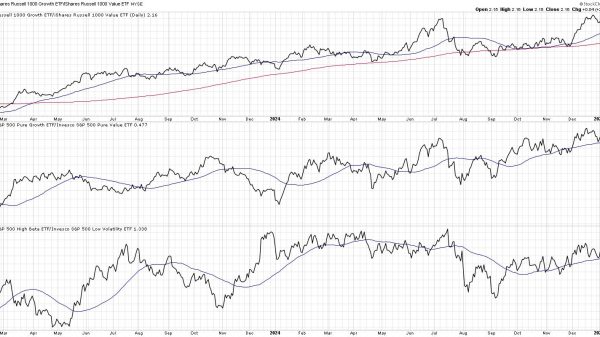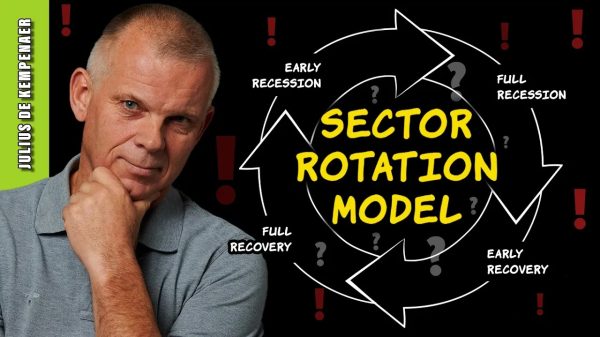Despite being touted as a responsible and sophisticated framework for business and investment, Environmental, Social, and Governance (ESG) criteria lack logical cohesion and internal consistency. Conceptually, no reason exists for why the fundamental ideas within the ESG label should correlate with one another. For instance, social criteria regarding diversity, equity, and inclusion often undercut environmental criteria and vice versa. And “good” environmental or social scores can be used to paper over significant governance issues. This makes the ESG label a confusing concept and an incoherent umbrella label under which a wide variety of social, political, economic, and environmental interest groups compete to advance their agendas using the label of “responsible” or “sustainable” investment.
Part of the incoherence of ESG stems from mixing sound business and investment practices with ideological priorities. These new ideological priorities have little to do with successful business performance or high financial returns. Nor are they backed by sound research or substantial evidence. Instead, they are a collection of “just-so” stories glommed onto existing business practices and strategies. Even those who embrace ESG should recognize the value of disaggregating it into its three different components. Evaluating disaggregated environmental, social, and governance categories independently of each other will help companies and investors allocate capital more efficiently and effectively while encouraging more transparent engagement of societal problems.
Read the full Paper: Incoherence of ESG 3Download

































